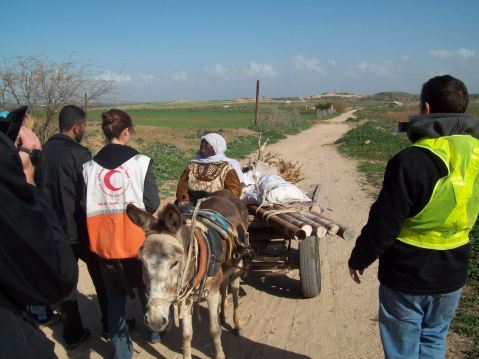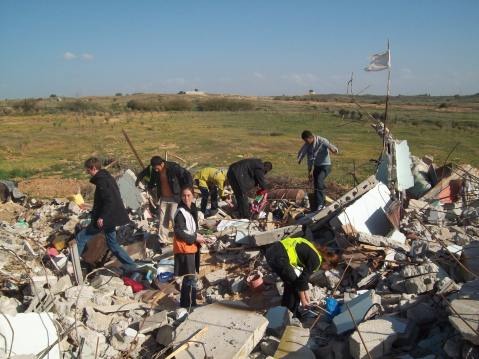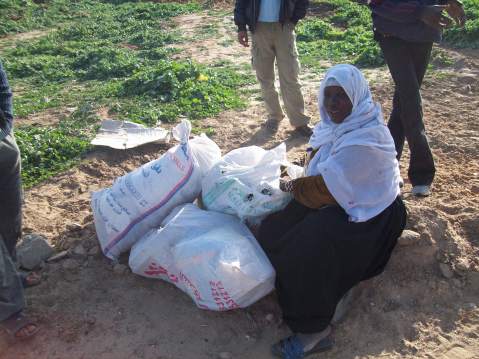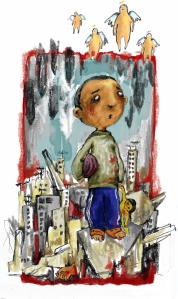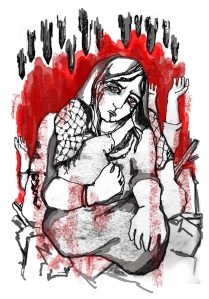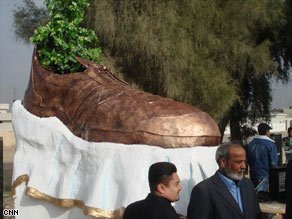"Israeli Ambassador slips up
The Israeli Ambassador in Australia asks for the media to stop filming after letting slip plans concerning Iran.
--source--w/hattip"Related: Preparing the Public For the Next False-Flag Operation
Israel to Bomb Seat of Christianity
U.S. Planning Attack on Iran
Update: We just received confirmation.
"Israeli Envoy: Attack on Gaza a ‘Preintroduction’ to Attack on Iran; Australian News Channel Was Invited "Accidentally" to Very Open Dialogue
After ordering a cameraman to turn off his camera, Israeli Ambassador to Australia Yuval Rotem engaged in a very frank discussion about the recent Israeli war in the Gaza Strip, calling it “a preintroduction” to an attack on Iran that Israel apparently expects within the year.
Before the camera was turned off, Ambassador Rotem said “the best thing to do is to have a very open dialogue if there are no reporters or journalists here,” adding “I am far more reserved in the way I am saying my things (on camera).” Unbeknownst to him however Sarah Cummings, a reporter for Australia’s Seven News service, was actually in attendance at the meeting after having been “accidentally” invited.
Israel has repeatedly threatened to attack Iran, and while its officials have repeatedly attempted to tie the Iranian government to its war on the Gaza Strip this is the first time one of their officials has publicly (if inadvertently so) suggested that the attack on the strip was a warm-up to its long talked about attack on Iran.
--hattip--"
